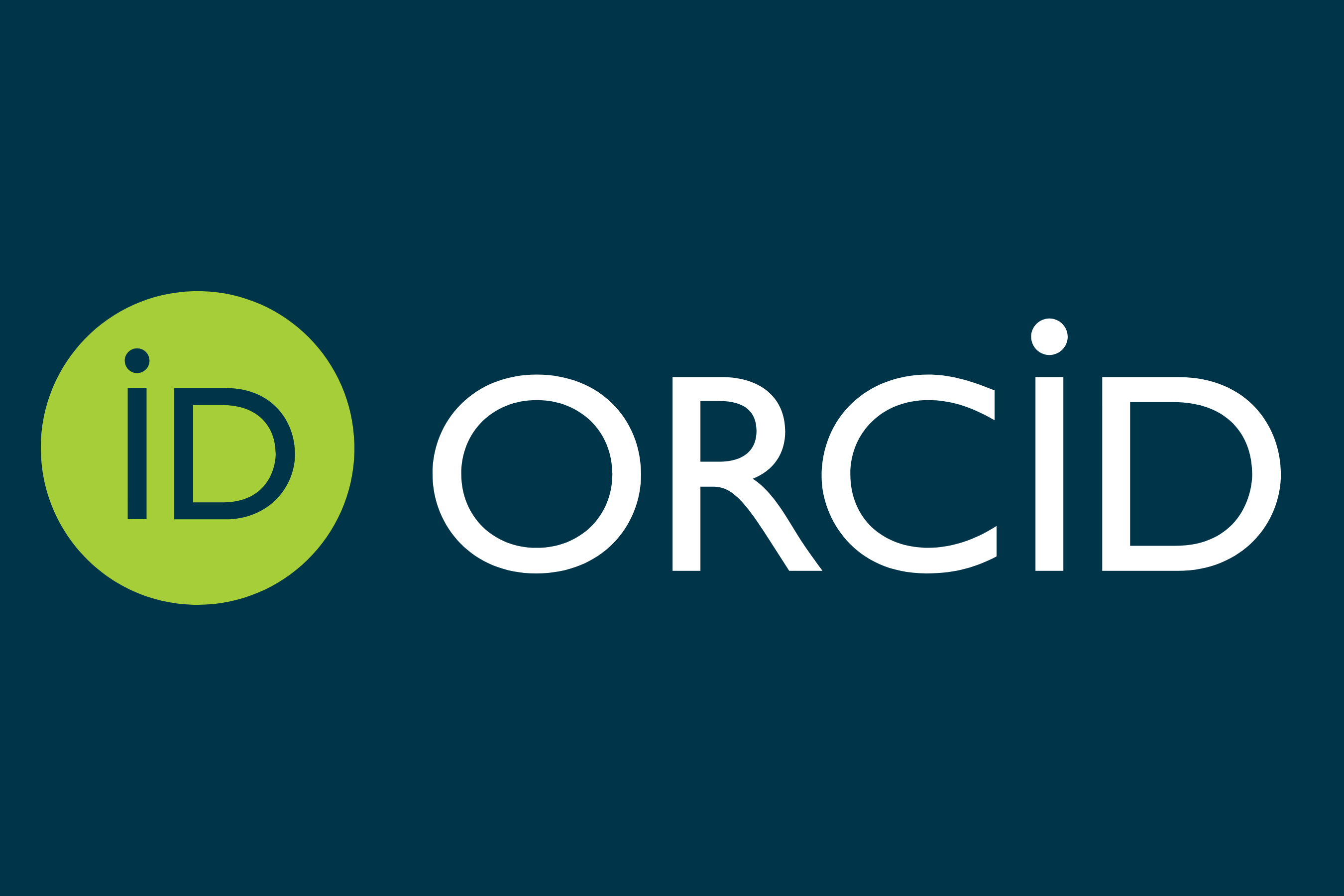نظرية القيود ودورها في التحسين المستمر لمستوى الاداء للنظام الانتاجي دراسة حالة لمعمل صناعة الاحذية الرجالية/7/ الشركة العامة للصناعات الجلدية/ موقع بغداد
Abstract
This research tried to analyze the production system in the plant /7 within the plants General Company for Leather Industries, and then determining and using the concepts of Constraints theory as a tool to solve the production problems in the plant.
Through the analysis data of production plan , and review the levels of utilization , efficiency and effectiveness of the available resources to the plant, we have been identified problems related to the implementation of production faced by administration and the potential for improvement in this area.
the researcher was use the basic steps of the Theory of Constraints for the diagnosis of the obstacles in the implementation production plan of the plant/7 and then put the necessary treatment to overcome these limitations and to minimize its negative effects.
The most prominent finding of the research was diagnosis of critical points in the production system with wasted time and work in process (WIP) between sections of the plant. The problem has been solved by controlling or regulating the working time and percentage of defect to all sections, including contributing to maximizing the final output of the plant.
The study that proved the adoption of the Theory of Constraints, taking the recommendations proposed by the researcher will help to improve the flow of materials level between the sections of the plant , raising utilization and efficiency level of the system production as a whole 95% and 97%, respectively, and enables the plant to accomplish the production plan and fulfillment of the obligations of the plant with the contracted costumers .
Downloads
Published
Issue
Section
License
The journal of Administration & Economics is an open- access journal that all contents are free of charge. Articles of this journal are licensed under the terms of the Creative Commons Attribution International Public License CC-BY 4.0 (https://creativecommons.org/licenses/by/4.0/legalcode) that licensees are unrestrictly allowedto search, download, share, distribute, print, or link to the full text of the articles, crawl them for indexing and reproduce any medium of the articles provided that they give the author(s) proper credits (citation). The journal allows the author(s) to retain the copyright of their published article.
Creative Commons-Attribution (BY)









